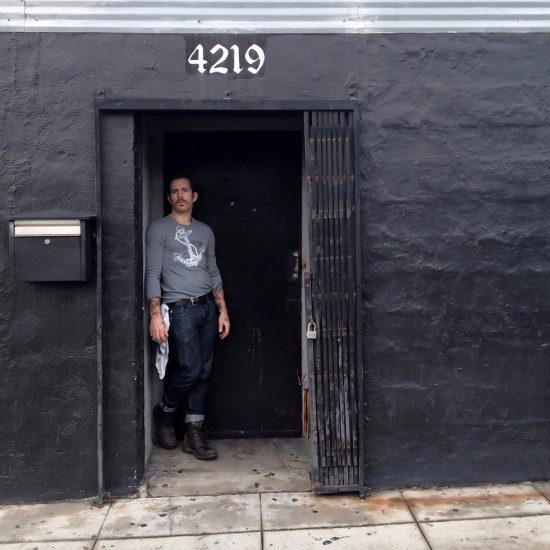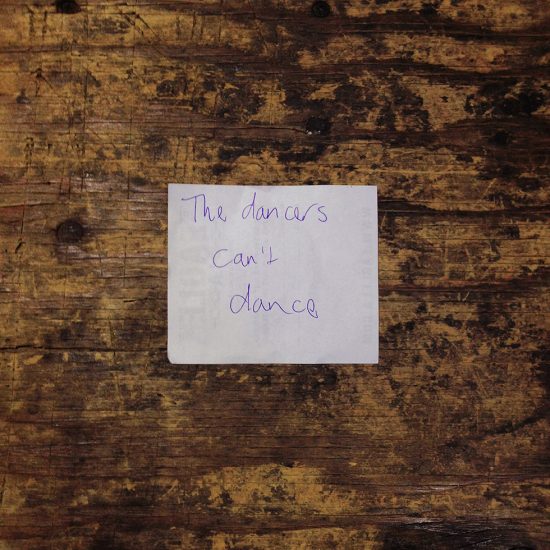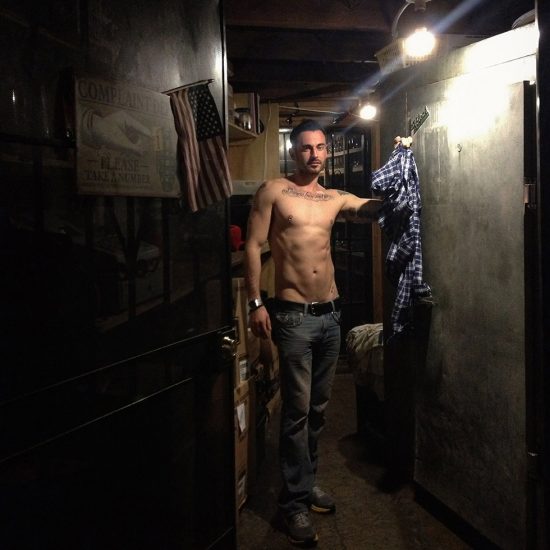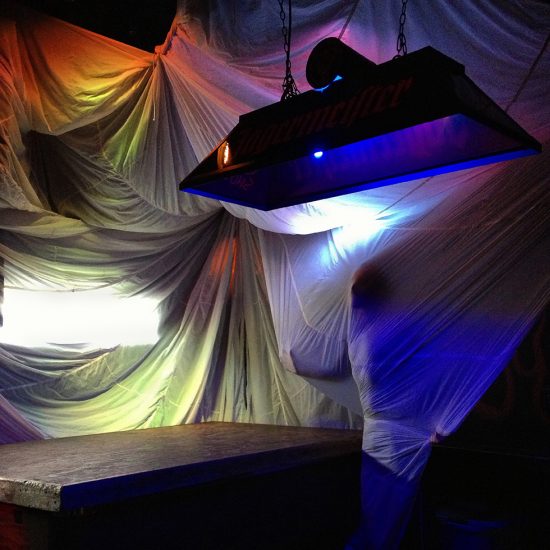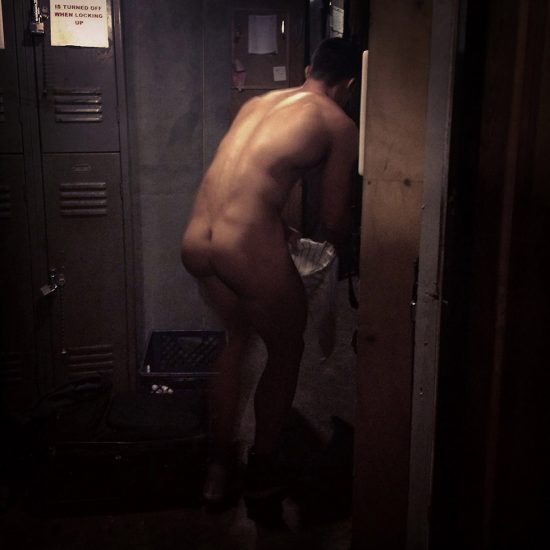For nearly two years, artist John Arsenault worked as a bar-back at the Eagle L.A.—a gay leather bar in the Silverlake neighborhood of Los Angeles. Over the course of that time, he shot thousands of photographs largely with his iPhone. A visual diary of sorts, the collection of images is titled “Barmaid.”
Larry Collins writes:
Édouard Manet’s 1882 Impressionist masterpiece “A Bar at the Folies-Bergère,” in the Courtold Gallery in London, is the touchstone for John Arsenault’s “Barmaid.” It is a painting featuring an expressionless young woman in heavy makeup, seen behind a white marble bar with sparkling glass and foil, bottles of red and green liqueurs and champagne, a bowl of tangerines and a vase of roses.
The key photograph in Arsenault’s “Barmaid” is found somewhere in the middle of his group of 50 images. It re-creates Manet’s painting closely, casting Arsenault himself as the barmaid, but now at the Eagle L.A., 133 years later. Arsenault stands impassively, just as Manet’s model does, with a bowl of limes instead of tangerines, an intense orange backlight as compensation. Behind Arsenault hangs a large painted mural of leathermen engaged in an erotic dance. The Folies-Bergère was like the Eagle in many respects: a place of entertainments and erotic negotiations. In Arsenault’s collection we also find a photograph of the pink rose, a nod to the pink rose in Manet’s painting. Arsenault has bared his furry chest to us, whereas the young woman has a floral posy at her décolletage. Manet’s painting represents a nightclub, a circus even, with a trapeze artist above the crowd, all reflected in the mirror behind the bar. A hallmark and a strength of Manet’s greatest paintings is that much is left unexplained, not meant to be decoded.











































